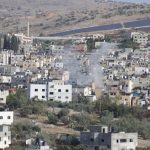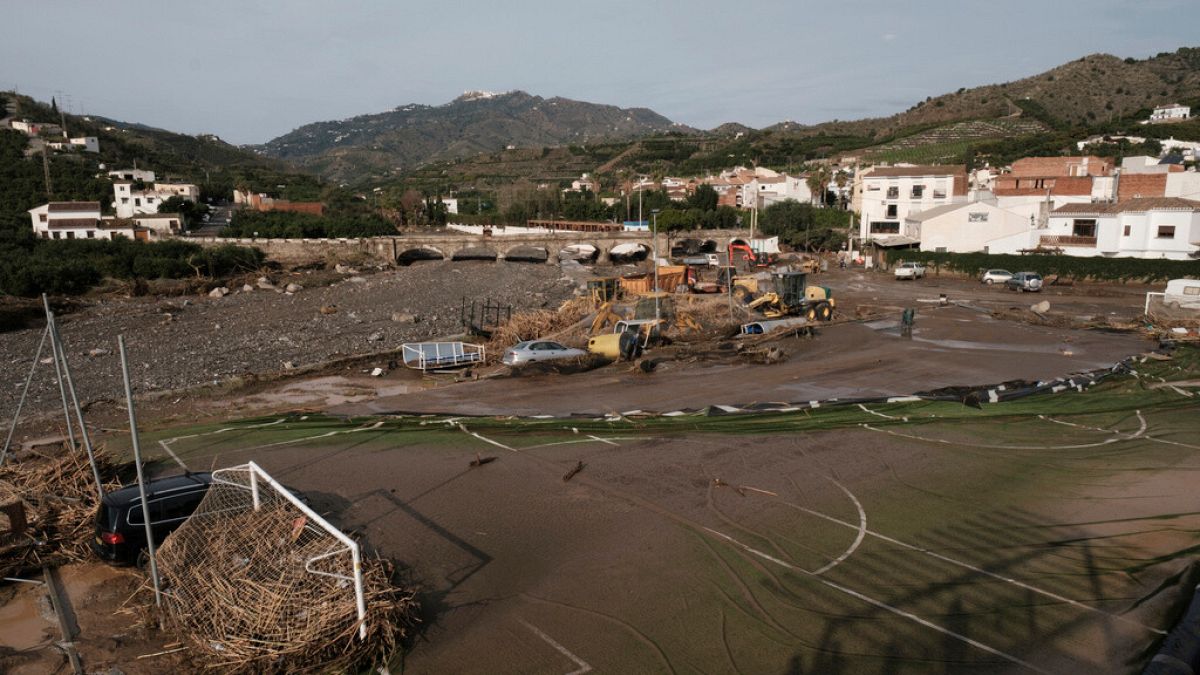The devastating floods that hit Spain’s Valencia region resulted in the highest number of deaths among the elderly population. According to figures from a data center set up by the police following the disaster, over half of the 216 people who died were aged 70 or over. In particular, 104 of the victims were 70 years of age or older, with 15 of them being over the age of 90. The majority of the victims were men, with 131 male victims compared to 85 female victims. Additionally, 26 foreign nationals lost their lives in the floods, which were caused by torrential rainfall. The town of Paiporta experienced the most fatalities from the destructive floodwaters, with 45 deaths reported.
The catastrophic floods in the Valencia region have sparked anger among locals, leading to protests against what many perceive as an inadequate emergency response to the disaster. Tens of thousands of Spaniards marched in protest, criticizing the delay in sending out an emergency alert on the day of the flooding. Despite some communities being submerged by water as early as 6 pm, the emergency alert was not issued until 8 pm. This delay in response has raised questions about the preparedness and coordination of authorities in dealing with natural disasters. Regional leader Carlos Mazón has faced intense pressure to explain the late emergency alert and justify the lack of warning from central authorities. Mazón has argued that the scale of the disaster was unforeseeable, despite Spain’s weather agency issuing a red alert for bad weather at 7 am on the day of the catastrophe.
The aftermath of the devastating floods has left Valencia region in a state of mourning and despair. With a total of 224 reported deaths, the destruction caused by the floodwaters has had a significant impact on the affected communities. The floods not only resulted in loss of lives but also caused widespread damage to infrastructure and properties. The town of Paiporta, which suffered the most fatalities, was left devastated by the disaster, with angry locals venting their frustrations on Spanish royals who came to visit the area. The tragic loss of lives, especially among the elderly population, has highlighted the vulnerability of certain demographics during natural disasters and the importance of timely and effective emergency response measures.
In the wake of the catastrophic floods, questions have been raised about the effectiveness of disaster preparedness and response mechanisms in Valencia region. The delay in issuing an emergency alert and the slow mobilization of police and soldiers in flood-stricken areas have been criticized by the public. The protests and marches against the perceived inadequate emergency response reflect the frustration and anger of the affected communities. Regional leader Carlos Mazón’s attempt to explain the reasons behind the late emergency alert and lack of warning from central authorities has not fully satisfied the public. The need for improved coordination, communication, and readiness in dealing with natural disasters has been underscored by the tragic events in the Valencia region.
Moving forward, efforts should be made to enhance disaster preparedness and response capabilities in the Valencia region and across Spain. Lessons should be learned from the devastating floods that struck the region, including the importance of timely warnings, effective emergency alerts, and swift mobilization of resources. Authorities at both regional and national levels need to work together to develop comprehensive strategies for mitigating the impact of natural disasters and protecting vulnerable populations. The tragic loss of lives, particularly among the elderly population, in the Valencia floods serves as a sobering reminder of the need for proactive measures to ensure the safety and well-being of all citizens during times of crisis. By prioritizing disaster preparedness and response, communities can better withstand the challenges posed by future natural disasters and work towards building resilience and recovery in the face of adversity.










